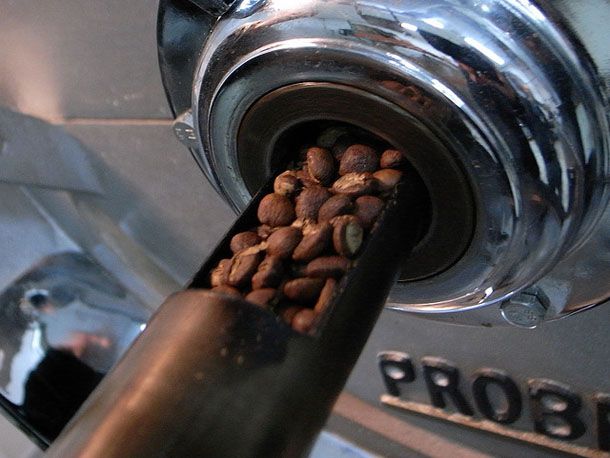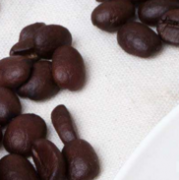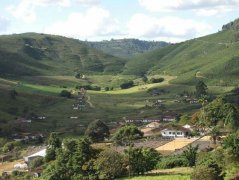Introduction to the characteristics of four different inner pans of coffee roaster
Characteristics of inner pot
Coffee roaster currently has 4 kinds of inner pots!
The taste of coffee does not matter, and the use of coffee roasters is also different.
1. Direct fire type inner pot
The principle of coffee roaster is introduced by DISCOVERY.
The inner pot has been punched,
The burner flame at the bottom comes into direct contact with the coffee beans.
The direct-fire flavor is attached to the coffee,
Into fragrant and delicious coffee.
The flame and heat of the burner are the main heat sources of baking.
2. Semi-hot air inner pot
The principle of coffee roaster is introduced by DISCOVERY.
The inner pot is made of iron plate.
The rear part of the inner pot is punched,
Hot air is introduced as a result.
It is important to control the firepower of the burner below and use the exhaust valve to regulate the convection of the air in the pot.
3. Semi-hot air double inner pot
The outer side of the iron plate of the semi-hot air pot is then wound with a layer of iron plate,
An inner pot in which an air layer is formed between the iron plate and the iron plate.
Raw beans do not come into contact with iron plates that are heated by the flame heat source of the burner below.
It is the inner pot that has attracted much attention and been consulted by many parties recently!
4. Far infrared surface coated inner pot
Apply far-infrared surface coating to the inside of the direct-fired inner pan.
The roasted Zhongyuan infrared ray shines directly on the coffee beans.
The tar covered with coffee on the inner pot can also be exposed to far infrared light.
With a strong radiation source, it can easily penetrate into the interior of the coffee.

Important Notice :
前街咖啡 FrontStreet Coffee has moved to new addredd:
FrontStreet Coffee Address: 315,Donghua East Road,GuangZhou
Tel:020 38364473
- Prev

Coffee roasting skills basic knowledge, curve adjustment, flavor mastery
The flavor of coffee is largely determined by the qualification of raw beans, and roasting is only a way to show the characteristics of coffee beans. After roasting, various ingredients of raw coffee beans have undergone chemical changes, thus forming the flavor of coffee. In other words, what kind of chemical change occurs, to what extent, and to what extent to stop the reaction from continuing these are the main points of baking.
- Next

A detailed introduction to the cultivation of Coffee Manors in Central America
Central America knows Central America Coffee Central America is the land bridge connecting North and South America. There are seven countries, namely, Belize, Costa Rica, El Salvador, Guatemala, Honduras, Nicaragua and Panama. Seven Central American countries all produce coffee, with Guatemala, Costa Rica and Honduras among the top 10 coffee exporters in the world. Coffee began to flourish in Central America
Related
- Beginners will see the "Coffee pull flower" guide!
- What is the difference between ice blog purified milk and ordinary milk coffee?
- Why is the Philippines the largest producer of crops in Liberia?
- For coffee extraction, should the fine powder be retained?
- How does extracted espresso fill pressed powder? How much strength does it take to press the powder?
- How to make jasmine cold extract coffee? Is the jasmine + latte good?
- Will this little toy really make the coffee taste better? How does Lily Drip affect coffee extraction?
- Will the action of slapping the filter cup also affect coffee extraction?
- What's the difference between powder-to-water ratio and powder-to-liquid ratio?
- What is the Ethiopian local species? What does it have to do with Heirloom native species?

